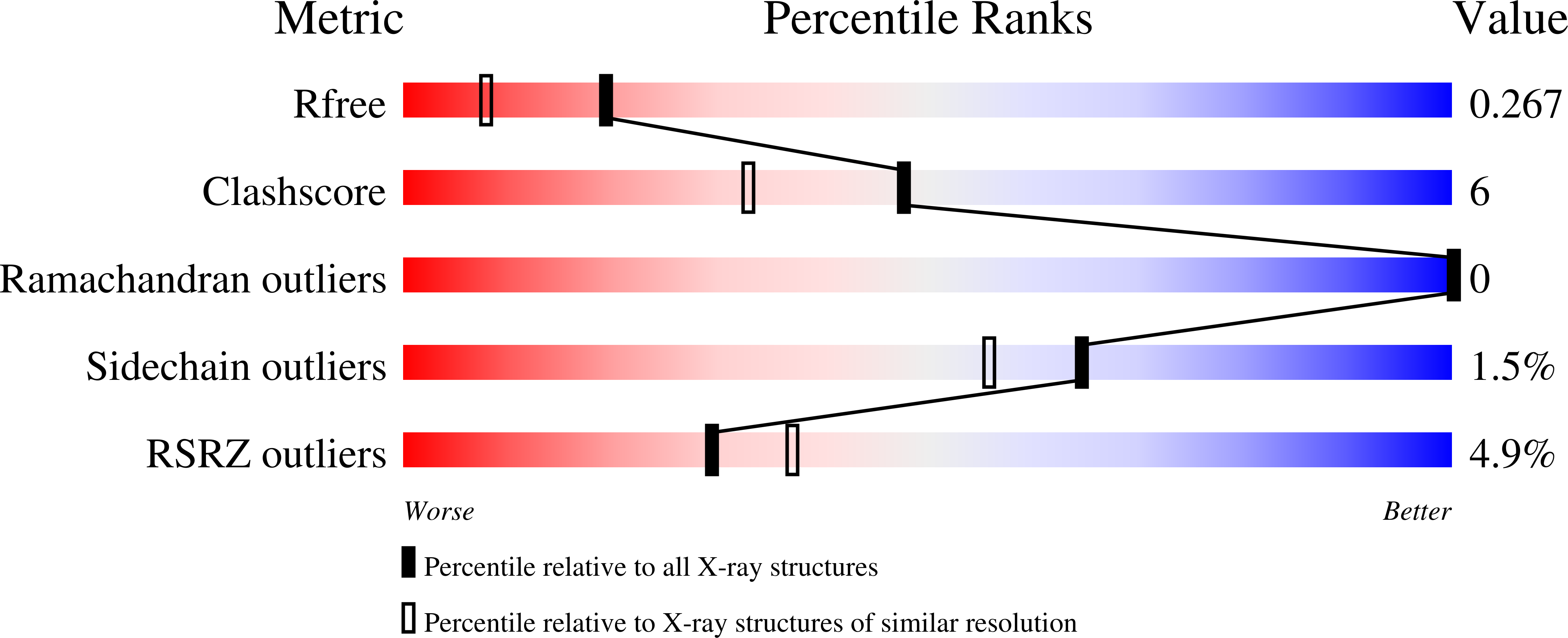
Deposition Date
2010-06-09
Release Date
2010-08-04
Last Version Date
2024-10-16
Entry Detail
PDB ID:
3NF5
Keywords:
Title:
Crystal structure of the C-terminal domain of nuclear pore complex component NUP116 from Candida glabrata
Biological Source:
Source Organism:
Candida glabrata (Taxon ID: 5478)
Host Organism:
Method Details:
Experimental Method:
Resolution:
1.94 Å
R-Value Free:
0.25
R-Value Work:
0.20
R-Value Observed:
0.20
Space Group:
P 1 21 1


